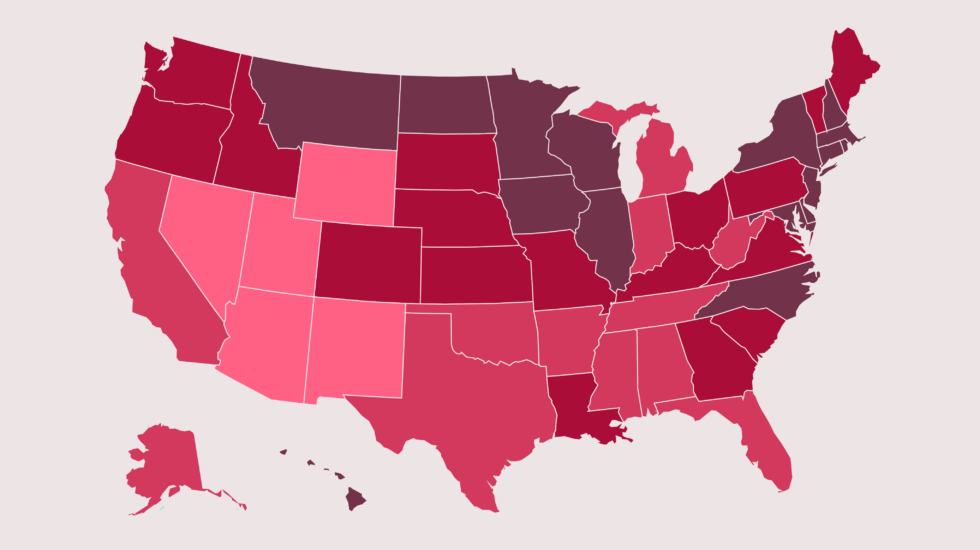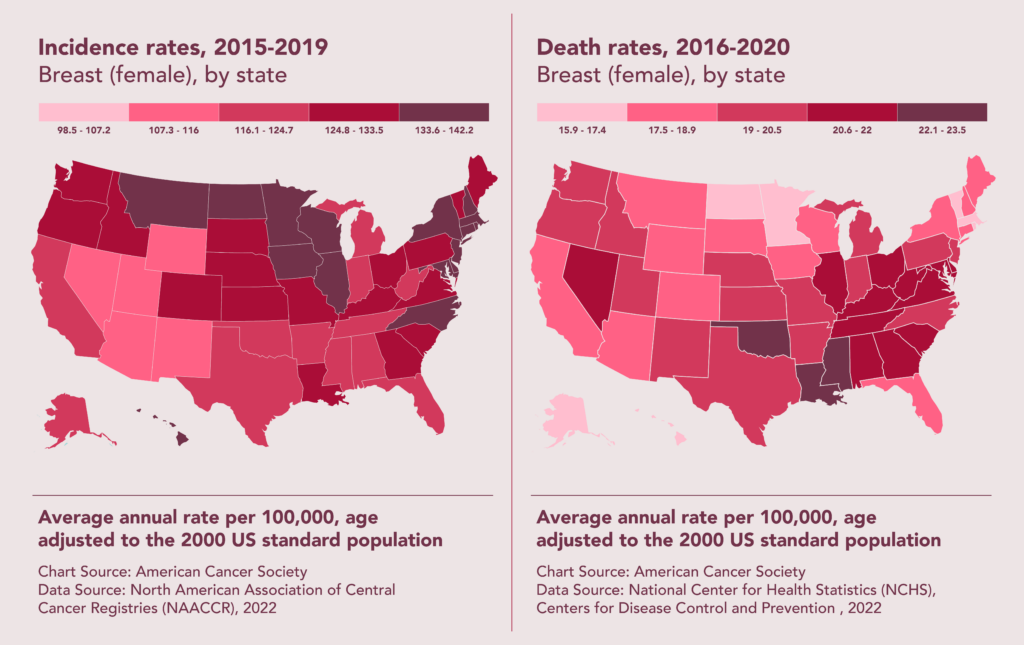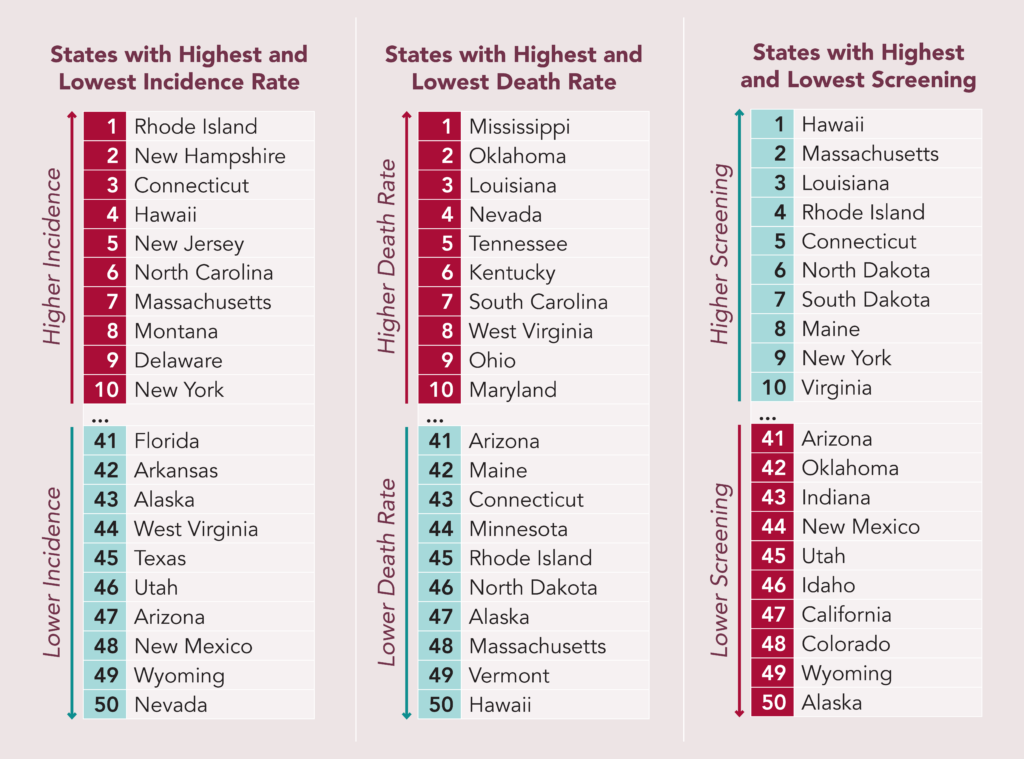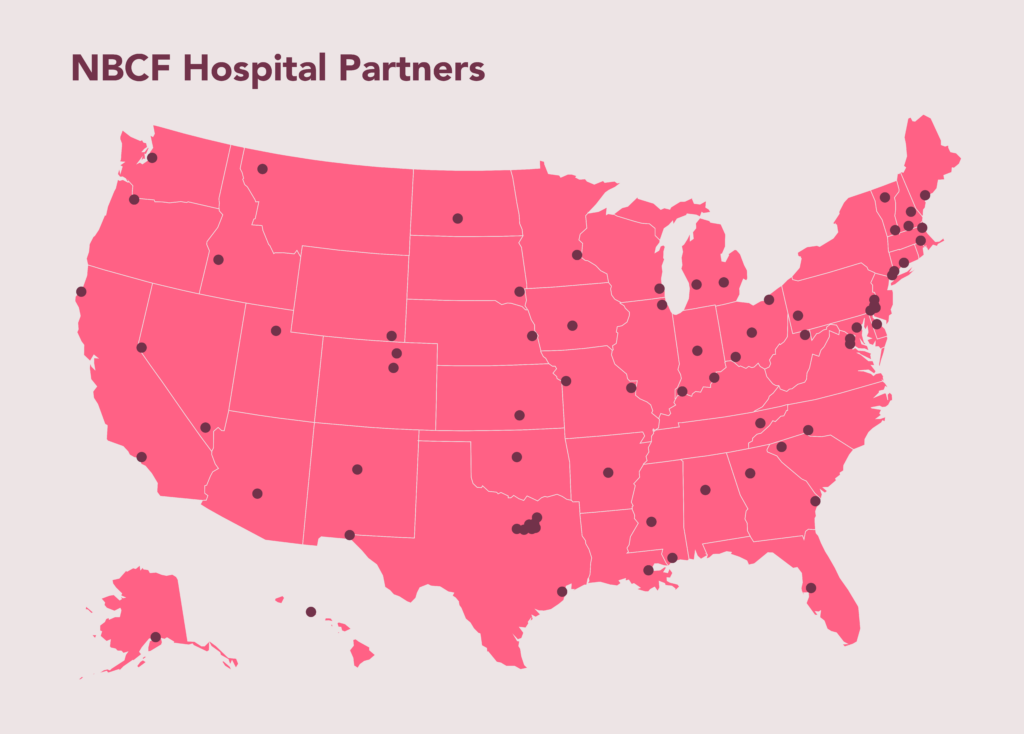


Written by NBCF Chief Program Officer, Douglas Feil. All data is current as of June 2023.
In 1990, Dr. Harold P. Freeman, a renowned surgeon at Harlem Hospital in NYC, started the first patient navigation program in the United States.
After two decades as a surgeon, Dr. Freeman was overwhelmed by the amount of cancer patients diagnosed at late stages when the disease is most deadly and difficult to treat. He knew that many of his patients were dying of diseases like breast cancer that may have been caught earlier if screening techniques such as mammograms were more widely used.
Dr. Freeman also noted that patient outcomes were better just a few blocks south in the more affluent areas of Manhattan, where screening rates were higher, and patients didn’t have to wait as long before being treated.
He believed that patient navigators—trained professionals who guide patients through the healthcare system—could help identify and prioritize those that needed screening the most, help remove their barriers to care, and ensure timely treatment after diagnosis. He really wanted to see the same outcomes for his patients as he saw in the more affluent areas of the city.
Today, patient navigation is standard in most cancer hospitals across the U.S. The emergence and use of patient navigation has likely helped reduce the mortality rate of breast cancer by over 40% in the U.S. since the early 90’s.1
An uncomfortable fact about breast cancer is that where you live could impact your chances of being diagnosed with breast cancer and, more importantly, your chances of survival.
Key Terms:
The Center for Disease Control and Prevention (CDC) cautions against interpreting or comparing state rankings for cancer incidence and mortality, but it’s hard not to ask questions when the data is so very clear, especially for diseases like breast cancer.
It’s also hard not to attempt to interpret the rankings through data visualization tools that use shading and coloring to highlight which states have the highest incidence and mortality rates of each type of cancer.

Based on nationwide breast cancer incidence and death (mortality) rates provided by the CDC, the following information can be inferred4:
*Though California has both the highest number of new breast cancer cases and the highest number of breast cancer deaths in the country, California maintains a statewide screening program for all residents, regardless of the ability to pay or insurance coverage. As a result of this screening program, NBCF does not fund free mammograms in California. However, NBCF does fund patient navigation programs in areas of the state with the highest mortality rates.
One thing that is noticeable right away is that higher incidence rates of breast cancer does not equate to higher mortality rates.
That is, in an area with higher number of breast cancer diagnoses (incidence rate), that area does not necessarily have a higher number of breast cancer deaths (mortality rate). In fact, in some ways, it can be almost the opposite.
For example, the breast cancer incidence rate is much higher in the Northeast in states like Connecticut, Rhode Island, and Massachusetts.
However, the mortality rates are much lower in those states than in southern states like Mississippi, Oklahoma, Georgia, and Louisiana, where breast cancer incidence rates are lower.

Why would a state like Connecticut have more women diagnosed with breast cancer, but also a higher survival rate? The answer is not simple.
Unfortunately, it’s not entirely clear what causes breast cancer. Genetics play a role, but it is unclear the impact of environment.
Some have theorized that some breast cancer clusters in the Northeast could be caused by hereditary factors5,6,7.
The higher survival rate is likely a result of several factors, including overall health of the population, access to early detection, ease-of-access to treatment, and better education and awareness about the importance of early detection.
A more important question is: Why is the mortality rate higher in states that may have a lower incidence rate? Could this be easier to explain?
We know that the best way to survive breast cancer is to detect it early. Early detection is critical to finding and treating breast cancer. Unfortunately, not all places in the United States have free, easy access to screening mammograms or quality treatment within reach.
Many of the states with the highest mortality rate also share the highest percentage of uninsured8. Patients in these areas are less likely to get screened and have longer wait times9. Their general health is often poorer, and they face barriers to care not present in areas like the Northeast.
If you live in Connecticut, you can get almost anywhere in the state in a couple hours.
However, there are parts of Texas that may require multiple hours of travel to find a higher quality screening and treatment facility.
The distance to travel for screening and treatment, the cost of treatment, language barriers, and general mistrust in the medical systems – these all could possibly contribute to differences in states’ breast cancer mortality rates.
Race may also play a role. Black and Hispanic women have a lower incidence of breast cancer, but a much higher mortality rate10. As a result, racial demographics in states could impact the overall breast cancer incidence and mortality rate.
Weight and lifestyle choices are also important factors in breast cancer incidence and mortality rates. Several studies suggest that the overall breast cancer incidence rate could be significantly reduced by up to 30% through incorporating a healthy diet and regular vigorous exercise11.
States with higher breast cancer mortality rates also share higher obesity rates12.
Even though data behind state cancer registries may not tell the whole story, it does illustrate that where you live could play a role – statistically speaking – in how breast cancer may impact you.
That’s why NBCF looks for partnerships and areas of the country to invest in that are focused on eliminating barriers to care, ensuring health equity, and investing in the lifestyle choices and variables we can control.
By continuing to expand in areas of the country that have higher mortality rates, NBCF may be able to impact more people, save more lives, and bring health equity to all.

National Breast Cancer Foundation is here for you and your loved ones. Whether you need support, education, or help during treatment, we have a team dedicated to get you the help you deserve. To learn more about NBCF’s programs and where we serve, click here.
Sources:
1 American Cancer Society https://www.cancer.org/research/acs-research-news/report-breast-cancer-death-rates-down-40-percent-since-1989.html
2 National Cancer Institute https://seer.cancer.gov/statistics/types/mortality.html#:~:text=A%20cancer%20mortality%20rate%20is,Cancer%20Deaths%20%2F%20Population
3 National Cancer Institute https://seer.cancer.gov/statistics/types/incidence.html#:~:text=A%20cancer%20incidence%20rate%20is,per%20100%2C000%20population%20at%20risk.
4 American Cancer Society https://cancerstatisticscenter.cancer.org/#!/cancer-site/Breast
5 National Library of Medicine https://pubmed.ncbi.nlm.nih.gov/15516849/
6 Brandeis University https://www.brandeis.edu/cmjs/noteworthy/ssri/american-jewish-2012.html
7 Library of Congress https://www.loc.gov/exhibits/haventohome/haven-century.html
8 The Commonwealth Fund https://www.commonwealthfund.org/publications/scorecard/2023/jun/2023-scorecard-state-health-system-performance
9 Becker’s Hospital Review https://www.beckershospitalreview.com/oncology/5-states-with-the-highest-lowest-mammogram-rates.html
10 American Cancer Society https://www.cancer.org/research/acs-research-news/breast-cancer-death-rates-are-highest-for-black-women-again.html
11 National Library of Medicine https://www.ncbi.nlm.nih.gov/pmc/articles/PMC2677576/
12 Centers for Disease Control and Prevention https://www.cdc.gov/obesity/data-and-statistics/adult-obesity-prevalence-maps.html
Donations are always appreciated, but there are lots of great ways to get involved.
Because of disparities of insurance, doctor shortage & large population growth in Florida, waitimes for biopsies for suspicious findings, even for recurrence, as well as surgeries, are a minimum of 3 months. If a person has a good (expensive) insurance plan, the wait is less.
And the percentage of wealthy retirees is the only reason Florida has a lower rate.
Reporting that Warner Robins, Georgia has an enormously high rate of breast cancers and they seem to be increasing. It appeared to be the same for childhood leukemia.